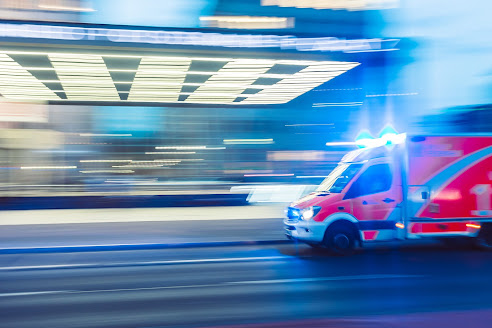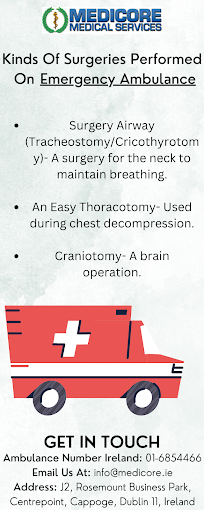The Role of Emergency Ambulance Service in Responding to Mass Casualty Incidents
Mass casualty incidents, or MCIs, are the stuff of nightmares. They are unpredictable, and chaotic, and often leave unimaginable devastation in their wake. The emergency response to MCIs is critical, and often, the first responders on the scene are the emergency ambulance service. With their expertise, training, and resources, these unsung heroes play a vital role in minimizing the impact of MCIs. In this blog post, we will dive into the role of emergency ambulance service in responding to mass casualty incidents.
Quick Response Time:
In a mass casualty incident, every second counts. The emergency ambulance must respond quickly to the scene to provide help to the injured and manage the situation. Ambulances must be equipped with the latest technology, personnel, and transportation equipment to ensure a rapid response time. These services have paramedics and other trained professionals with expertise in providing emergency medical assistance.
Coordination with other EMS agencies:
Mass casualty incidents often involve multiple EMS (Emergency Medical Services) agencies. Emergency ambulance service serves as a critical point of contact between different EMS agencies. They must coordinate responses in a way that ensures timely and efficient assistance to the victims.
Medical Assistance and Triage:
Emergency ambulance service are equipped with the latest medical equipment and provide on-site medical assistance. In mass casualty incidents, ambulances adopt a triage protocol to categorize the injured according to their severity. This protocol is critical since it determines the treatment priority for each victim. The effectiveness of triage depends on the ability of emergency ambulances to distinguish the injured, provide them with the necessary treatment according to their condition, and communicate the situation to hospitals and other relevant parties.
Transportation:
In a mass casualty incident, transportation of the injured to the hospital is a critical factor. Once victims have been stabilized on the scene, the emergency ambulance will transport them to the hospital. The team must ensure that each patient receives the necessary medical attention and maintains their critical condition until they reach the hospital.
Mass casualty incidents are unpredictable, chaotic, and can have devastating effects. The role of ambulances in responding to such incidents is significant, and they are the unsung heroes that are often overlooked. These services must respond quickly, coordinate with other medical agencies, provide on-site medical assistance, triage the injured, and transport them to the hospital. The work of these ambulance services mustn't be overlooked or underestimated. Their expertise, training, and resources are essential in managing the impact of mass casualty incidents. They are the true heroes who save lives in the most challenging situations.
.jpg)




Comments
Post a Comment